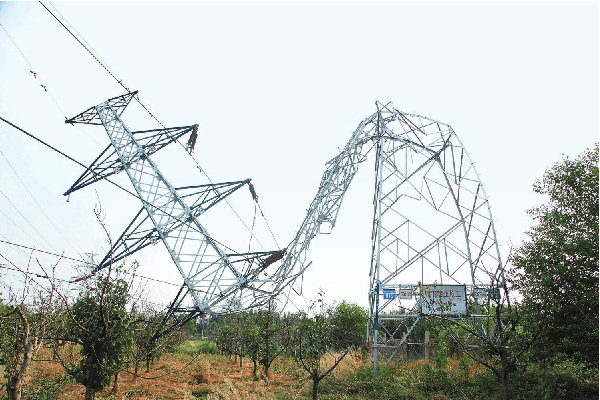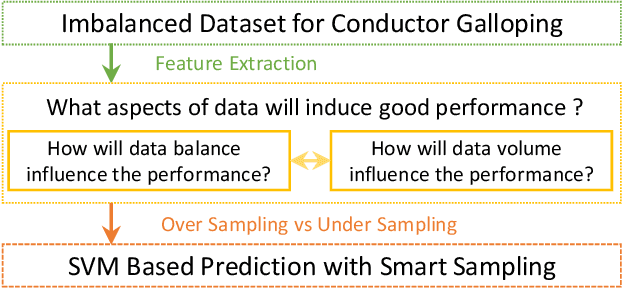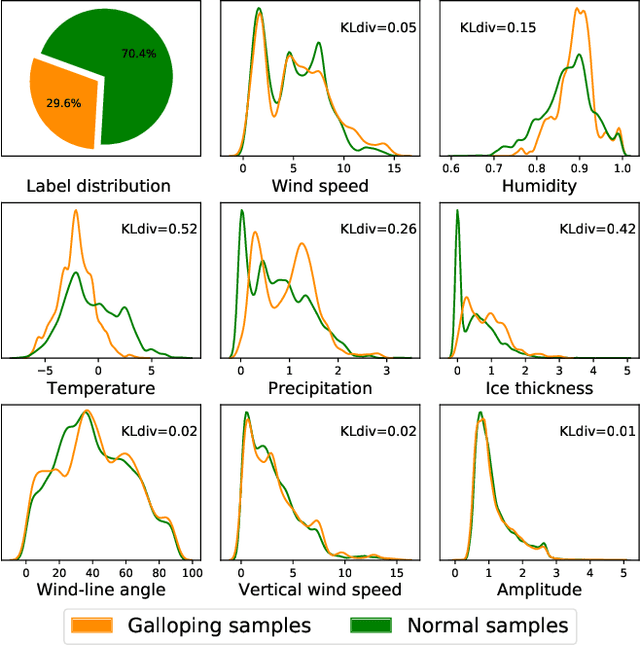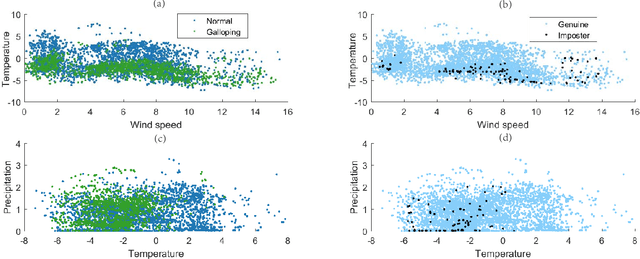Conductor Galloping Prediction on Imbalanced Datasets: SVM with Smart Sampling
Paper and Code
Nov 09, 2019



Conductor galloping is the high-amplitude, low-frequency oscillation of overhead power lines due to wind. Such movements may lead to severe damages to transmission lines, and hence pose significant risks to the power system operation. In this paper, we target to design a prediction framework for conductor galloping. The difficulty comes from imbalanced dataset as galloping happens rarely. By examining the impacts of data balance and data volume on the prediction performance, we propose to employ proper sample adjustment methods to achieve better performance. Numerical study suggests that using only three features, together with over sampling, the SVM based prediction framework achieves an F_1-score of 98.9%.
 Add to Chrome
Add to Chrome Add to Firefox
Add to Firefox Add to Edge
Add to Edge